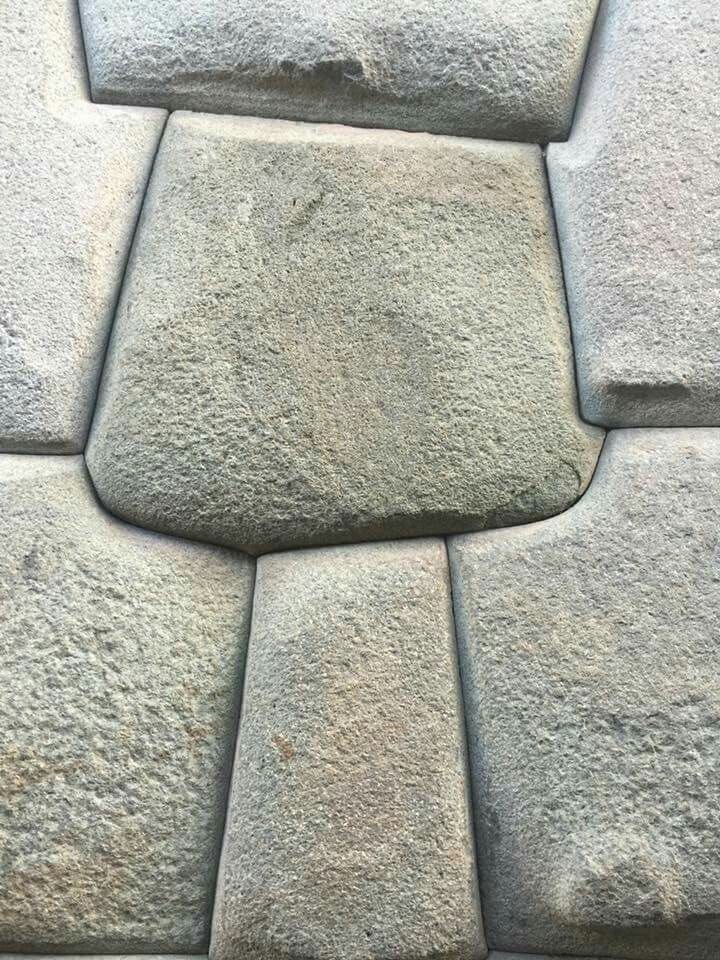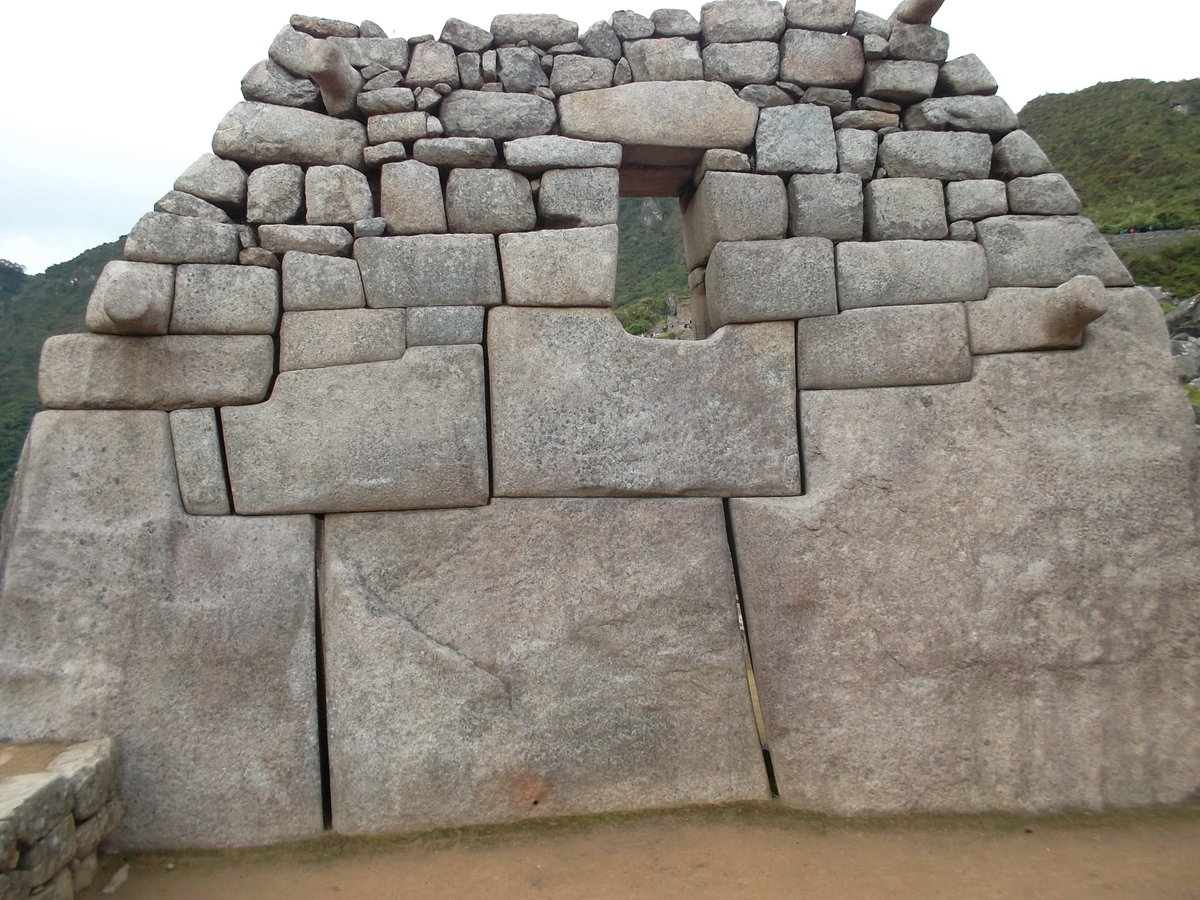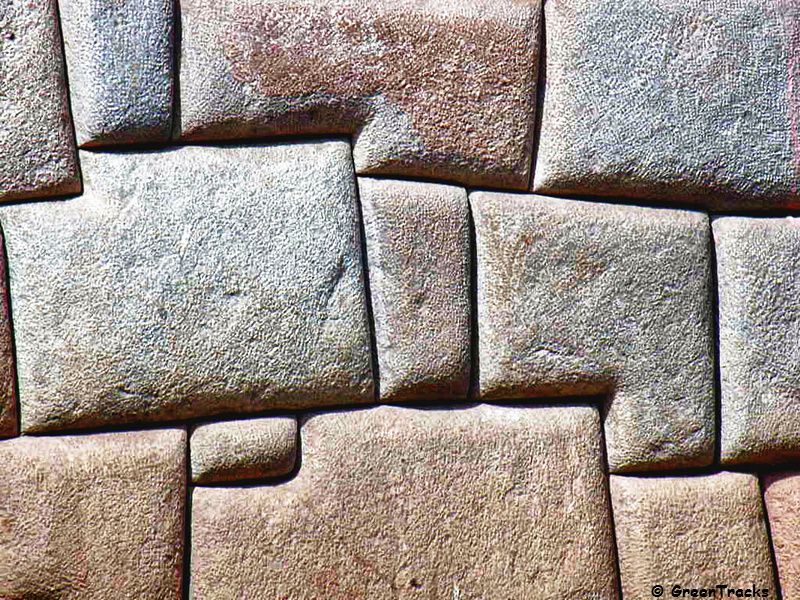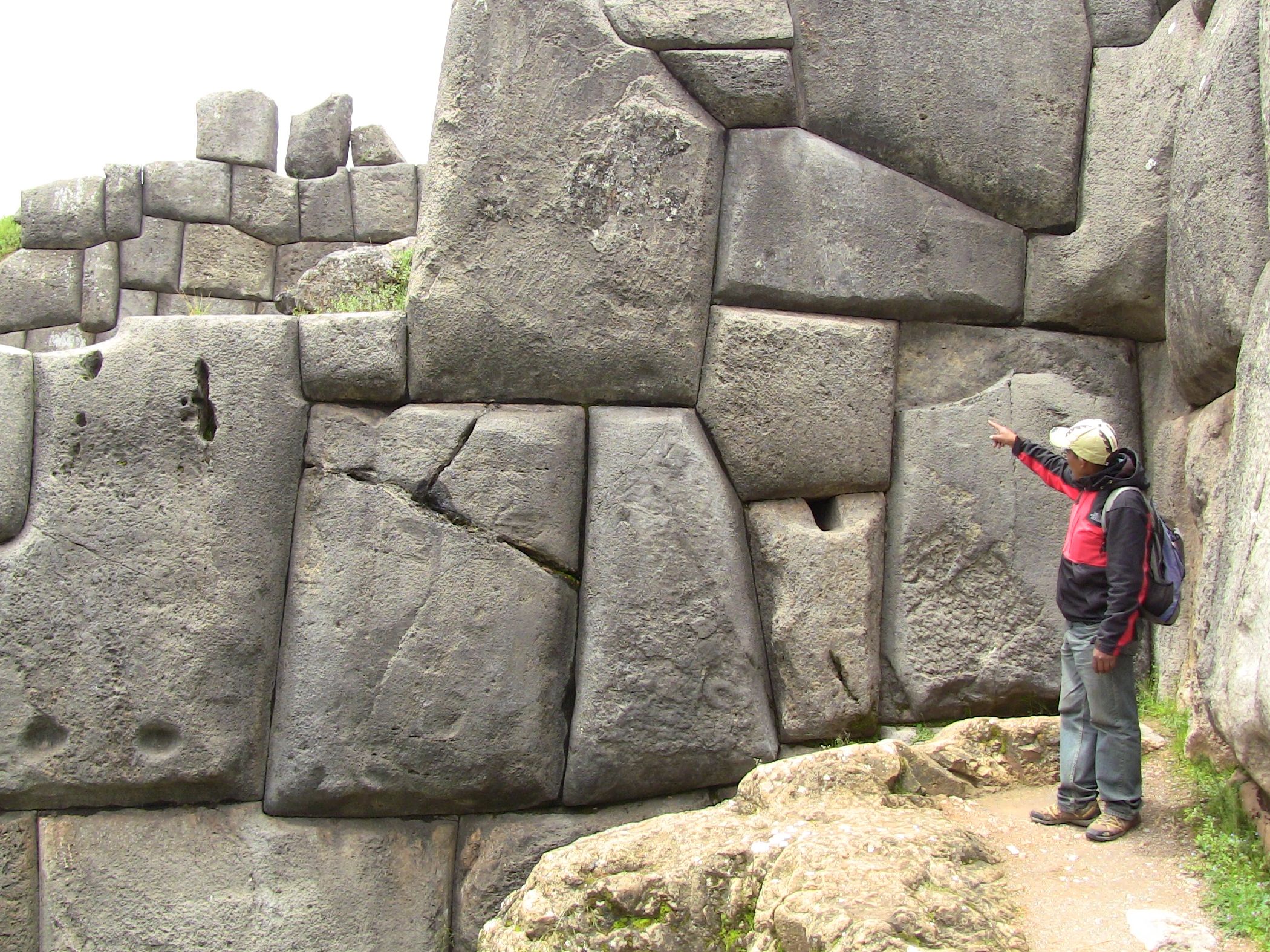The Cusco region in Peru is renowned for its breathtaking landscapes, rich history, and remarkable architectural achievements. Among these achievements, the mortarless stone work stands out as a fine example of ancient engineering prowess. This unique construction technique, characterized by precisely cut stones that fit together without the use of mortar, is a testament to the skill and ingenuity of the Inca civilization. This article explores another exemplary site of mortarless stone work in the Cusco region, delving into its historical significance, construction methods, and lasting legacy.

## The Inca Civilization: Masters of Stone Work
The Inca civilization, which flourished in the Andes Mountains from the 13th to the 16th centuries, is celebrated for its advanced engineering and architectural techniques. The Incas were adept at constructing buildings and structures that withstood the test of time and natural disasters, such as earthquakes. One of their most impressive techniques was the use of finely cut stones that fit together so precisely that a knife blade could not be inserted between them.

## Ollantaytambo: A Marvel of Mortarless Construction
While many are familiar with the grandeur of Machu Picchu, Ollantaytambo is another extraordinary site that showcases the Inca’s mastery of mortarless stone work. Located in the Sacred Valley of the Incas, Ollantaytambo served as both a fortress and a religious center. The site’s intricate stone terraces and massive walls are prime examples of the Inca’s construction techniques.
### Precision and Durability

The stones at Ollantaytambo are cut and shaped with such precision that they interlock seamlessly, creating a stable and durable structure. This method not only provided strength but also allowed the buildings to withstand seismic activity, a frequent occurrence in the region. The absence of mortar meant that the stones could shift slightly during an earthquake, absorbing the shock and preventing the collapse of the structure.
### Construction Techniques

The construction of these stone walls involved meticulous planning and execution. The Incas used a combination of copper and bronze tools to carve and shape the stones. They would then polish the surfaces to ensure a perfect fit. This process required an immense amount of labor and skill, reflecting the Inca’s dedication to their craft.
### Symbolism and Functionality
Beyond their structural integrity, the stone works at Ollantaytambo also held symbolic significance. The precise fitting of the stones represented the Inca’s connection to their environment and their ability to harmonize with nature. Additionally, the terraces served practical purposes, such as agriculture and water management, showcasing the Inca’s ingenuity in utilizing their surroundings effectively.
## Other Notable Examples in the Cusco Region
### Sacsayhuamán
Sacsayhuamán, an immense fortress overlooking the city of Cusco, is another remarkable example of mortarless stone work. The site features enormous stones, some weighing over 100 tons, that are perfectly fitted together. The sheer size and precision of the construction continue to amaze archaeologists and visitors alike.
### Pisac
The ruins of Pisac, located in the Sacred Valley, also demonstrate the Inca’s skill in mortarless construction. The site’s agricultural terraces and religious structures are built with the same meticulous stone fitting, highlighting the consistency of this technique across different Inca sites.
### Qenqo
Qenqo, a lesser-known but equally fascinating site, features intricately carved stones and underground passages. The precision of the stone work at Qenqo indicates that it was an important ceremonial site, emphasizing the Inca’s ability to combine functionality with spiritual significance.
## The Legacy of Inca Stone Work
The mortarless stone work of the Cusco region remains a powerful symbol of the Inca civilization’s engineering genius. These structures have stood the test of time, surviving centuries of natural wear and seismic activity. Their enduring presence is a testament to the Inca’s advanced understanding of architecture and their ability to create lasting monuments.
### Modern Implications
The techniques used by the Incas continue to inspire modern architects and engineers. The concept of building without mortar and relying on precise stone fitting is being revisited in contemporary sustainable architecture. By studying these ancient methods, we can gain insights into creating structures that are both resilient and environmentally harmonious.
### Cultural Significance
For the people of Peru, these ancient stone works are a source of national pride and cultural identity. They represent a connection to a rich and powerful heritage, reminding us of the ingenuity and resilience of the Inca civilization. Preserving these sites is crucial for future generations to understand and appreciate their historical and cultural significance.
## A Testament to Ancient Mastery
The mortarless stone work from the Cusco region stands as a fine example of ancient engineering mastery. Sites like Ollantaytambo, Sacsayhuamán, Pisac, and Qenqo showcase the Inca’s ability to create precise, durable, and symbolically significant structures without the use of mortar. These constructions are not only a testament to the skill and ingenuity of the Inca civilization but also a source of inspiration for modern architectural practices. As we continue to study and preserve these incredible works, we honor the legacy of the Inca and their contributions to the field of engineering and architecture.

